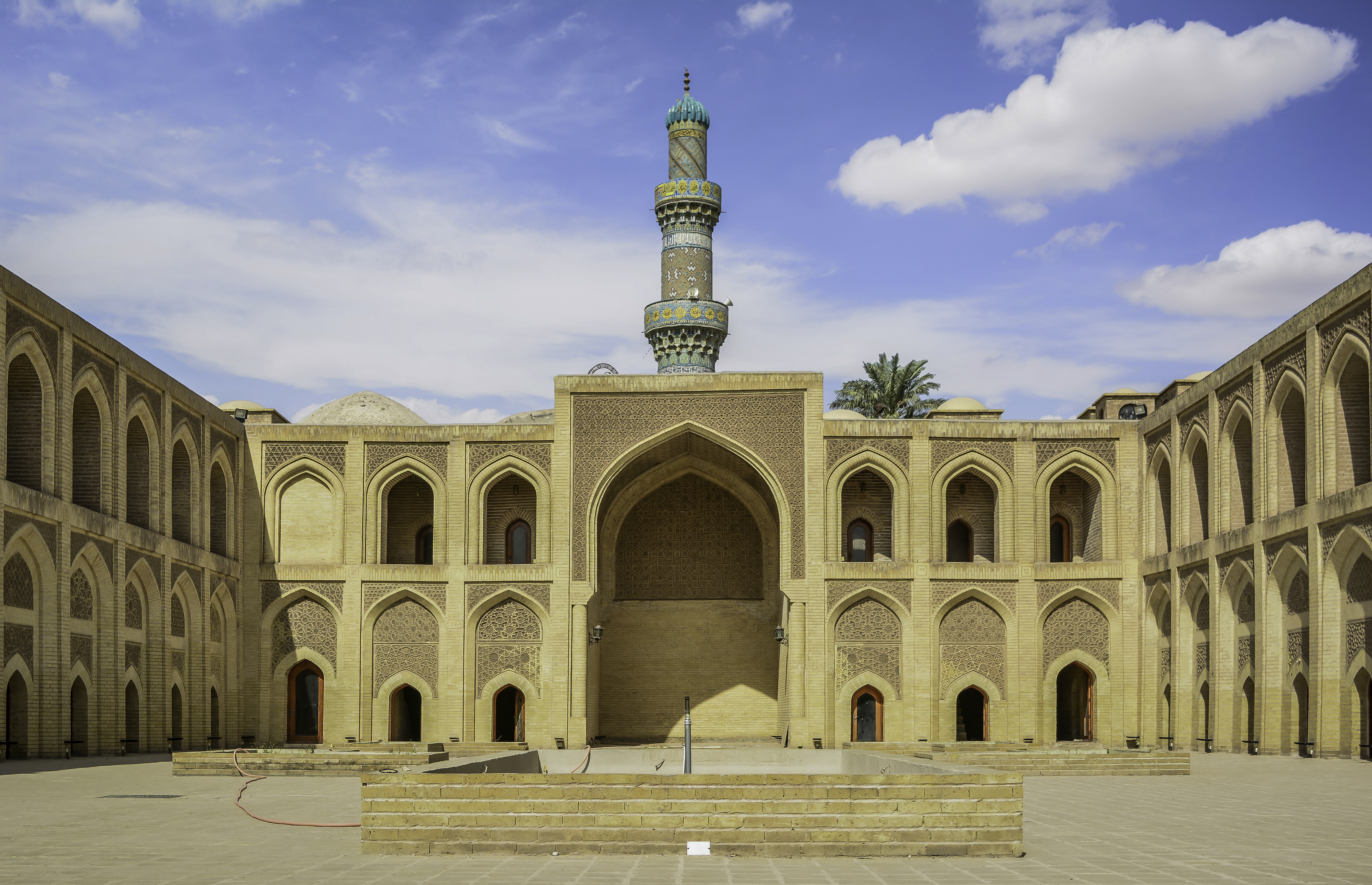Esperanto: the dream of an artificial language
Esperanto: the dream of an artificial language
The creation of Esperanto is one of the boldest attempts to bring the chaos of languages to an artificial order. What is the story of this language invented by a human mind?
The creator of Esperanto, a Polish-Jewish ophthalmologist named L. L. Zamenhof, grew up in the nineteenth century, in a town where Poles, Russians, Jews and Germans lived divided and considered themselves each other’s enemies.
Seeing how important language was in dividing or bringing people together, the doctor conceived a very bold project for that time: creating a universal artificial language to promote brotherhood between nations.
In Zamenhof’s plans, it should have become a second language for most people all over the world and the only target language for translations. This, according to the author himself –“Doktor Esperanto”, “the one who hopes”–, would also have allowed to reduce all the “time and labour we spend in learning foreign tongues”.
The first book of Esperanto grammar was published in Warsaw in 1887, after ten years of elaboration by its author. People soon started to learn it, and by the first world congress in 1905 it had spread to all continents. Since then, an international Esperanto congress has been held every year in a different place of the world, with the only exceptions of the difficult periods of the two World Wars.
Easy to learn
But how does Esperanto sound like? Due to the origins of its creator, its features are a mixture of the main European language families. Grammar rules are mainly Slavic and Romance, while the vocabulary mostly comes from Romance and Germanic languages. The alphabet is the Latin one.
Unlike many natural languages –Arabic and Chinese learners know that very well– Esperanto is conceived to be easy to learn. According to some recent studies, it actually is. Today, it is spoken by an estimated 2 million people in more than 100 countries around the world, according to the database “Ethnologue”. About 1,000 of them learned it as a mother tongue. [1]
Esperanto also has its own culture. Literature, films, music and magazines have been created in this language, making it a sort of cultural experiment without borders.
As for its original purpose, however, we can’t really call it a great success. Humanity, for now, has ended up choosing a natural language to talk to each other each other across the world, instead of adopting Zamenhof’s plan.
Otherwise, this article would be in Esperanto.
References:
Image: Affari de fotografie diseñado por Creativeart – Freepik.com







